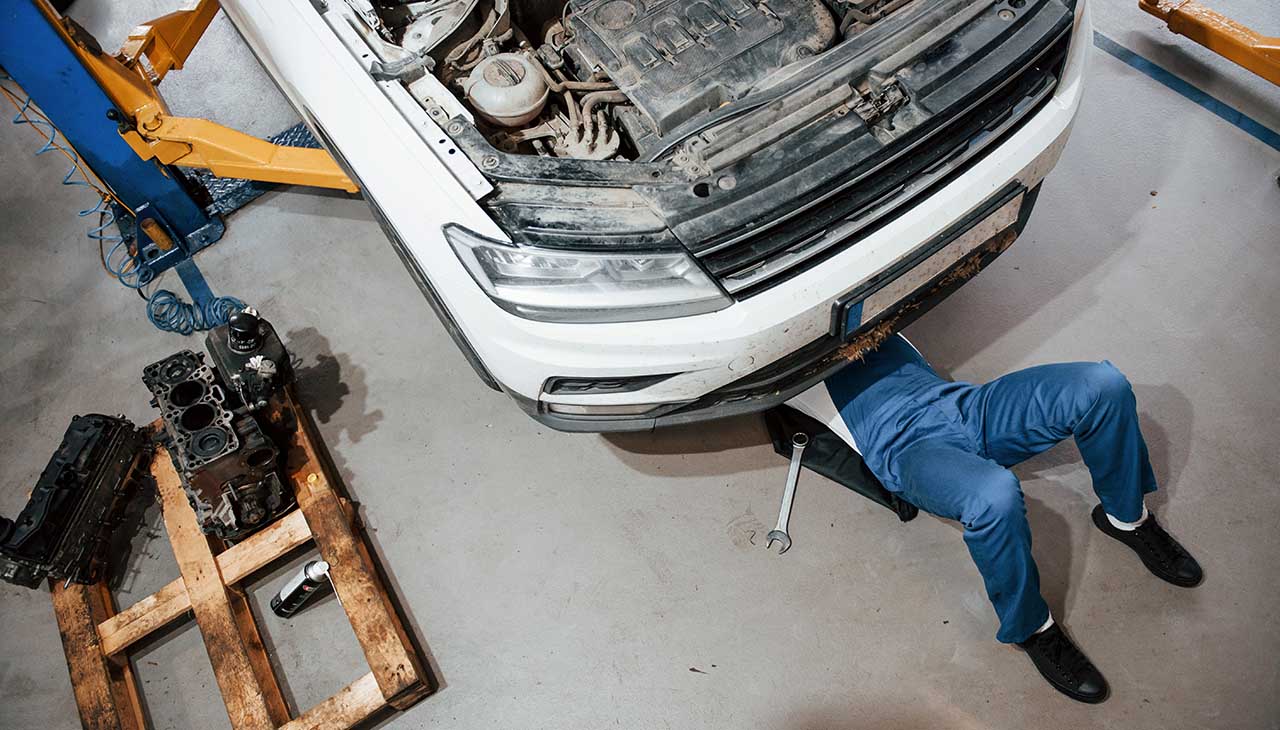Step-by-Step Guide to Changing Your Car’s Brake Pads
Changing the brake pads on your car is a crucial maintenance task that ensures your vehicle remains safe and responsive on the road. This step-by-step guide is designed to walk you through the process, helping you to save money on professional fees and gain a valuable skill. Whether you’re a seasoned DIY enthusiast or a first-timer, we’ll provide clear and concise instructions to make the job straightforward. Remember, safety is paramount, so ensure you have all the necessary tools and follow each step carefully.
Gather Necessary Tools and Materials
Before you start, it’s important to have the right tools and materials on hand. Here’s what you’ll need:
- Jack and jack stands (to lift and support the car)
- Lug wrench or impact wrench (to remove the wheel)
- Socket set and ratchet (for various bolts and nuts)
- Brake caliper tool or C-clamp (to retract the brake caliper piston)
- New brake pads (ensure they are the correct type for your vehicle)
- Brake cleaner (to clean the brake components)
- Shop rags (for cleaning)
- High-temperature brake lubricant (for sliding surfaces)
- Gloves (to protect your hands)
- Safety glasses (to protect your eyes from debris)
Gathering these tools and materials before starting will make the process smoother and more efficient.
Prepare the Vehicle
Once you have all your tools and materials ready, the next step is to prepare the vehicle for the brake pad change. Follow these steps to ensure your vehicle is ready:
- Park on a flat surface: This ensures stability and safety while you’re working on the vehicle.
- Engage the parking brake: This prevents the car from moving unexpectedly.
- Loosen the lug nuts: Before lifting the car with the jack, slightly loosen the lug nuts on the wheel of the brake pads you’re planning to change. Do not remove them completely at this stage.
By following these preliminary steps, you are ensuring a safe and stable environment to perform the brake pad replacement.
Remove the Wheel
To proceed with the brake pad change, follow these steps to remove the wheel:
- Lift the car: Position the jack under the car’s designated lifting point (consult your vehicle’s manual if unsure) and raise the car until the wheel is off the ground. Ensure stability before proceeding.
- Support with jack stands: For added safety, place jack stands under the vehicle at the lifting points to securely support the weight of the car.
- Remove the lug nuts: With the car safely elevated and supported, fully remove the loosened lug nuts with your lug wrench or impact wrench.
- Take off the wheel: Carefully remove the wheel to expose the brake mechanism. This will give you full access to the brake caliper and the brake pads that you need to replace.
Following these steps ensures that you have safely removed the wheel, allowing you to access and change the brake pads.
Access the Brake Assembly
To access and inspect the brake pads and rotor, follow these steps:
- Locate the brake caliper: The brake caliper is mounted over the brake rotor and houses the brake pads. It’s usually located at the top of the wheel assembly.
- Inspect the brake pads: Look for signs of wear, such as thinning pads or a shiny glaze on the surface. Brake pads should be replaced if the pad material is less than 1/4 inch thick.
- Inspect the brake rotor: Check the rotor for grooves, cracks, or any signs of damage. A smooth, uniform surface indicates a healthy rotor. Note if the rotor needs resurfacing or replacing based on your observations.
This inspection is crucial for determining the condition of your brake system and understanding the scope of maintenance required.
Remove Old Brake Pads
To remove the old brake pads, you will first need to unbolt the brake caliper. Follow these steps carefully:
- Unbolt the caliper: Use the appropriate size socket and ratchet to loosen and remove the bolts holding the brake caliper in place. There are usually two bolts, one at the top and one at the bottom of the caliper.
- Carefully remove the caliper: Once the bolts are removed, gently slide the caliper off the rotor. It’s important to support the caliper properly to prevent straining or damaging the brake hose. You can use a piece of wire or a bungee cord to hang the caliper from the suspension or frame, ensuring it’s not dangling by the brake hose.
- Remove the old brake pads: With the caliper removed, the brake pads can be easily accessed. They might be held in place by clips or might simply slide out. Carefully remove the old brake pads from the caliper bracket, noting their orientation and any wear indicators for proper installation of the new pads.
Removing the brake caliper and the old brake pads are critical steps in the process of changing your car’s brake pads, allowing you to prepare for the installation of new pads and ensure the safety and efficiency of your vehicle’s braking system.
